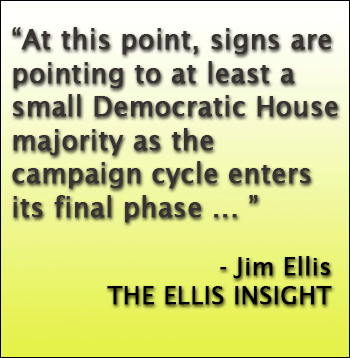By Jim Ellis

President Trump | via Flickr
In looking at the presidential state-by-state totals from all 50 states and the District of Columbia, we can begin to see that President Trump fell below his previous vote marks not only in places like Arizona, Georgia, and the Great Lakes region, but in several other places, as well. This, despite seeing over 10.5 million more people voting for him in 2020 when comparing his totals from those recorded four years ago.
In a total of 18 states, Trump dropped below his 2016 performance rate, including eight places that he carried in both 2016 and 2020. In all eight, however, his drop-off rate was less than one-half percentage point.
Conversely, in 32 states, he exceeded his 2016 performance mark and surprisingly so in such left of center states as California (+2.7 percent), Hawaii (+4.9 percent), Nevada (+2.2 percent), New Mexico (+3.5 percent), New York (+5.6 percent), and Washington (+2.2 percent). Mind you, he came nowhere near carrying any of these states, with the exception of Nevada, but the president did record slight improvement when compared with his 2016 vote performance.
The state where Trump outperformed his 2016 total by the most is Utah (12.6 percent), but that is largely because there was no strong Independent or significant minor party candidate on the ballot in the 2020 election. Four years ago, Independent Evan McMullen did well in Utah, attracting 21.5 percent of the Beehive State vote thus allowing Trump to carry the state with only a plurality of 45.5 percent. In 2020, his victory percentage improved to 58.1 percent.
One of the key reasons former vice president Joe Biden won the election is because he increased Democratic performance over Hillary Clinton’s 2016 vote totals in every state but New York. This allowed him to tip the balance away from President Trump in the critical states of Arizona, Georgia, Michigan, Wisconsin, and Pennsylvania, those states the latter man carried in 2016 but were lost to Biden in this current election.

